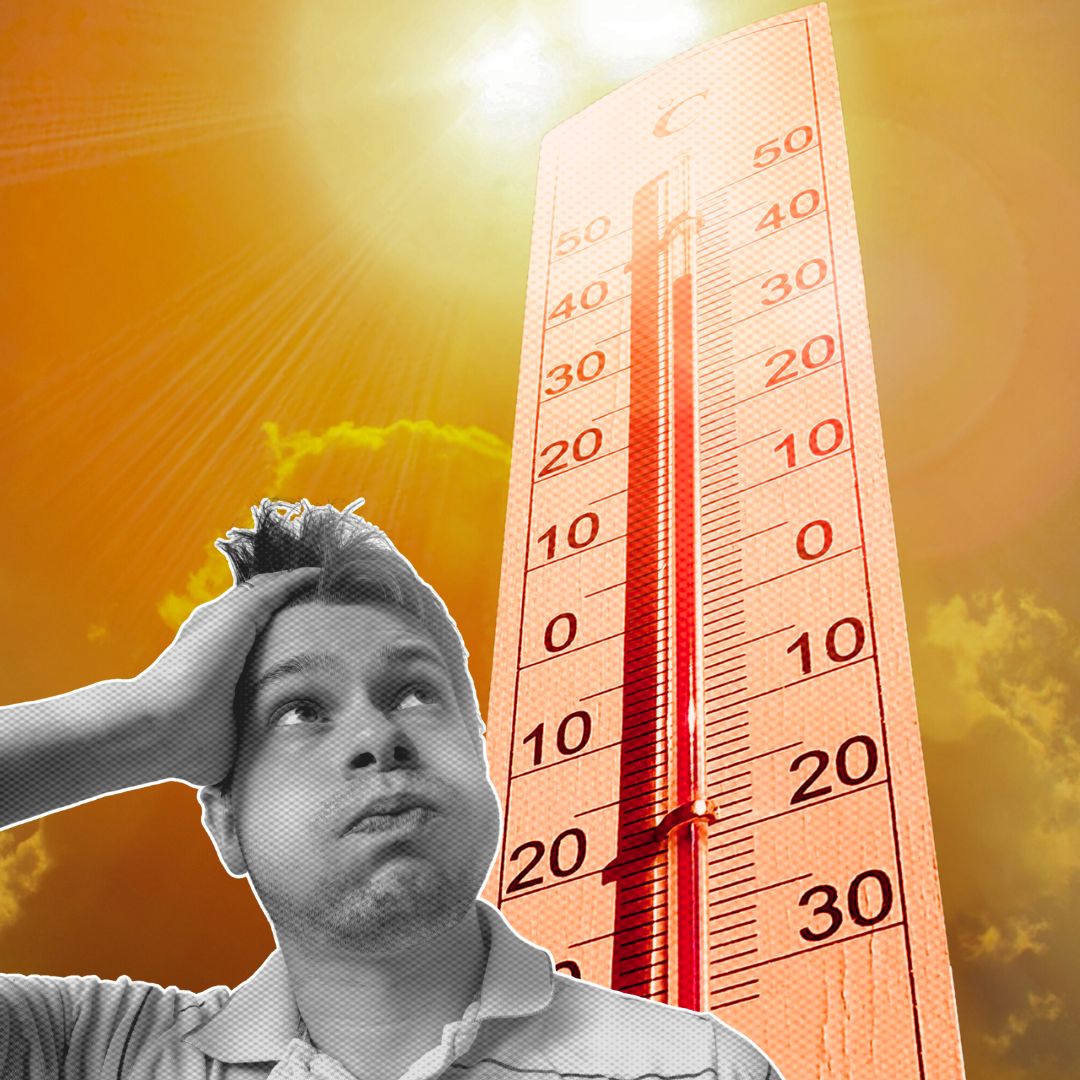Delhi has experienced its first heatwave of the season, with temperatures reaching 40.2°C at Safdarjung, prompting a yellow alert. The heatwave is expected to persist until April 9, affecting not only Delhi but also other parts of north and central India.
To combat the heat, residents are advised to stay hydrated, use smart shading techniques, and embrace natural ventilation. Experts warn that climate change is exacerbating the frequency and intensity of heatwaves, necessitating both immediate relief measures and long-term sustainable strategies.
Staying Cool Amidst the Heatwave
As India grapples with severe heatwaves, adopting sustainable cooling methods is crucial. Here are some practical tips to stay cool this summer:
- Smart Shading Techniques: Install outdoor blinds or awnings to block direct sunlight. Planting trees or using reflective window films can also reduce indoor temperatures.
- Natural Ventilation: Open windows during cooler parts of the day to create cross-ventilation. Use ventilators and exhaust fans to improve airflow.
- Cooling Techniques: Use ceiling fans to circulate air, and consider evaporative cooling methods like air coolers or wet cloths in front of fans.
- Personal Cooling: Wear light, breathable clothing and stay hydrated by drinking plenty of water.
Background on Heatwaves in India
Heatwaves are becoming increasingly common in India due to climate change. The country is expected to experience hotter-than-usual temperatures from April to June, with more frequent heatwaves likely across multiple states.
Delhi, in particular, is expected to face double the usual number of heatwave days during the summer season. This April is likely to be one of the hottest since 2011, with at least four heatwave days expected in Delhi.
Regional Impact and Projections
Delhi recorded its highest temperature of the season on Monday, with the mercury touching 40.2°C at Safdarjung — 5.1°C above normal. A heatwave alert was issued for the capital and other parts of north and central India. The temperature in Palam reached 39.5°C, four degrees above the seasonal average.
A yellow alert is in place for Delhi on Monday and Tuesday, with maximum temperatures forecast to remain between 40 and 42°C through Wednesday.
Beyond Delhi, states like Uttar Pradesh, Himachal Pradesh, Haryana, Punjab, and Madhya Pradesh are also bracing for severe heatwaves this week.
Isolated pockets of Himachal Pradesh may be impacted on April 7, while Haryana, Chandigarh, and Punjab are likely to face similar conditions from April 7 to 10. Western Uttar Pradesh is expected to experience a heatwave from April 7 to 9, and Madhya Pradesh from April 8 to 10.
Expert Insights and Recommendations
Experts emphasize the importance of understanding the complex interplay between temperature, humidity, and urban development to devise effective mitigation strategies.
Urban planning should prioritize green spaces and efficient cooling systems to reduce the urban heat island effect. Additionally, promoting awareness about heatwave risks and encouraging sustainable cooling methods can help protect vulnerable populations.
Air Quality Concerns
Delhi’s air quality has worsened, reaching the ‘poor’ category, which could exacerbate health issues during the heatwave. The combination of high temperatures and poor air quality poses significant health risks, especially for children, the elderly, and those with respiratory conditions.
The Logical Indian’s Perspective
As India faces more frequent and intense heatwaves, it is critical to adopt both immediate relief measures and long-term sustainable strategies. By promoting awareness about heatwave risks and encouraging sustainable cooling methods, we can protect vulnerable populations and foster resilience.
How can communities work together to adapt to these extreme weather events while fostering environmental sustainability? Share your thoughts below!












